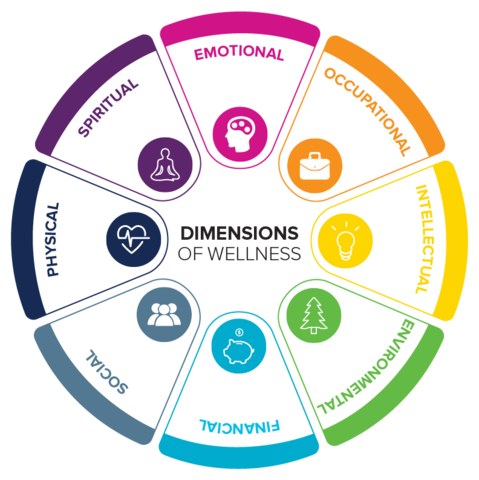As a former elementary school teacher turned professor of teacher education, I’ve often struggled with feelings of guilt, even embarrassment for renouncing my post in the classroom, and abandoning my fellow PreK-12 educators.
It’s been a decade since I left my position as an elementary teacher, but rarely a week passes that I don’t think about how grateful I am for being able to use the bathroom whenever I feel like it.
Even on my overbooked days, when I’m hustling to meet deadlines and juggling all my meetings, I’m still able to take my lunch in a quiet office or with other adults. I’m never asked to give up my only break time to cover hall duty, or recess, or another teacher’s classroom.
I no longer stay awake at night worrying about the home lives of my students – at least not to the same degree that I did with my school-aged friends. I also don’t live through, and help small people navigate, highly emotional experiences such as room clears, school shooter trainings, or acts of hostility.
However, no one should have to leave the profession to be able to use the bathroom when needed or to be valued enough to take an actual lunch break.
Teachers aren’t martyrs.
Increasingly, the narrative on teaching and teachers is shifting. All too often we are fed images and told stories about how teachers should be all giving of themselves, all the time, because it’s who they are, and they’re doing what they love. But how can anyone continue to love doing something within a system that doesn’t support the basic dimensions of their wellness?
And, how can a person care for themselves if they aren’t taught what these dimensions are, and how to protect and nurture them? Teachers aren’t martyrs. They are professionals.
Telling teachers to engage in self-care practices, without addressing all the variables in our school system that are negatively impacting their wellness, is a form of victim-blaming.
No amount of bubble baths, free chips from a snack cart, or bouquets of flowers are going to give teachers the time they need to process, plan, relax, eat, use the restroom, exercise, sleep, socialize, and spend quality time with family.
We can’t expect teachers to stay in this profession, or to attract new teachers to the profession, if we don’t value their expertise and time.
8 Dimensions of Educator Wellness
Below I’ve outlined the 8-dimensions of wellness, as defined by the Substance Abuse and Mental Health Services Administration. These interconnected dimensions comprise an individual’s total well-being.
Under each dimension, I’ve listed examples and practices. As you read through the dimensions, I encourage you to take note of:
- what each dimension means to you
- what you currently do to practice wellness
- what you would like to work towards doing to strengthen each of these elements
If you are a school administrator, a school board member, or an education stakeholder, I encourage you to not only think about your personal wellness story, but to consider how you will work to create space and policy that allows your practicing educators and students to meet their own wellness goals – co-creating an organization that centers wellness.
1. Physical
Recognizing that our physical bodies need movement, sleep, and nutritious foods to not just exist, but thrive. Energy begets energy. We need to create a system in which educators have the time, and are encouraged to plan healthy meals, move our bodies, and get plenty of rest.
2. Intellectual
Finding ways to challenge our minds, expand our knowledge and skillsets. Seek out interesting and challenging professional development (PD) opportunities to improve our practice. Schools must invest in high-quality, on-going, relevant PD.
3. Emotional
Acquiring new skills and strategies to help cope with the difficulties that we encounter in our everyday lives. This includes mindfulness practices, breathing techniques, modeling of effective conflict resolution practices, etc.
4. Social
Creating opportunities for educators, students, and families to connect, build a sense of belonging, and honor all identities that comprise a community. This includes developing accessible support systems necessary to maintain healthy social conditions.
5. Spiritual
Emphasizing the need, and providing the time and space, to explore our sense of purpose and meaning while valuing the many ways people practice their spirituality.
6. Environmental
Building spaces that inspire and foster good health. This includes utilizing space to meet our functional and aesthetic needs, and one that fosters a healthy and sustainable relationship to the environment.
7. Financial
Working with legislators and community members to secure adequate funding to pay professional educators for their invaluable expertise and service. In addition, providing supports and services to assist in our understanding of financial literacy, and future needs.
8. Occupational
Finding personal satisfaction and enrichment derived from one’s work. Please note, it’s extremely difficult, if not impossible, to achieve occupational wellness if the previously outlined dimensions are unwell.
The Scanlan Center for School Mental Health holds educator/school community wellness at the heart of its work. We are committed to expanding professional development offerings, and teacher education training to include wellness education at both a personal and organizational level.
Check out our Learning and Training Opportunities page for the latest webinars, workshops, and trainings.

